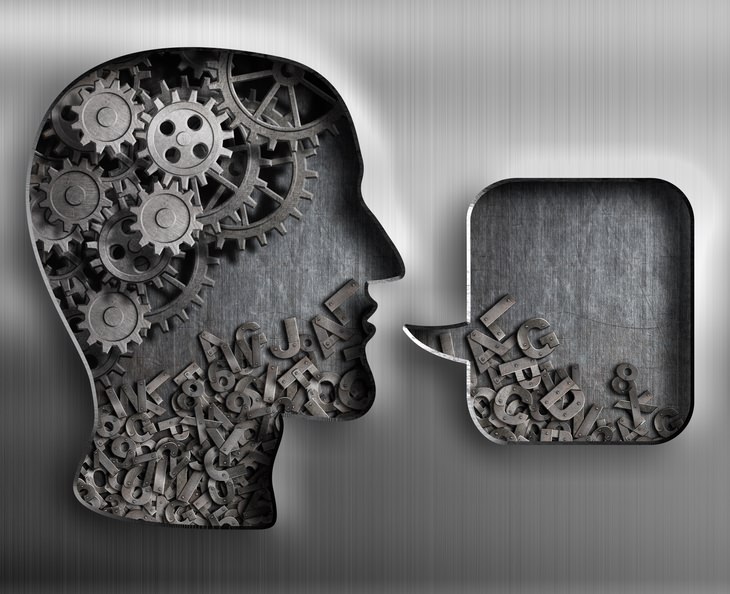1. Controls 95% of Our Memories
The average brain has about 10,000 synapses per cell. Each synapse passes electrical signals around your brain, which basically tells your body when to do stuff. Moreover, according to scientists, the human brain is able to contain an amount of data that’s about 100 times the size of the US Library of Congress. That is a tremendous amount of information, and most of it is hiding beneath the surface – 95% to be precise.
To demonstrate how our subconscious memory aids us constantly, think of driving. After a few weeks of driving the same route, you can already do it without thinking – you’re on autopilot. That is the subconscious at work.
2. It Is Always Active
The subconscious mind does not go to sleep when the conscious part does. Not only does it maintain your bodily functions (such as breathing), it stays alert and absorbs messages even while you’re sleeping. If you fall asleep in front of the TV, your subconscious will hear every word that is being said. That is the reason some people play soothing music while they sleep, or expose themselves to empowering messages before bed.
3. It Speaks a Different Language
All the information and data that is constantly being collected and stored in the subconscious is communicated to us in images, feelings, sensations, and dreams. These representations are made verbal by our conscious. The subconscious does not speak in words.
4. It is Habitual
As per the driving example, the subconscious mind is habitual and recognizes patterns. If you repeat the same thing again and again, it will be retained intact by your subconscious mind. This is particularly interesting in the case of motivation – if you repeat positive and motivational words and messages, it might actually change your outlook in the long run.
5. It Takes Everything Literally
What you see is what you get when it comes to your subconscious perception. Our subconscious mind is unable to reason – a classic example of this is that we get scared by horror movies or clearly photoshopped images. We know that there is nothing to be scared of, but our subconscious mind is the one that reacts.
6. It only knows NOW
The subconscious mind does not have a perception of time. It can only think in terms of the present. This connects to the topic of ‘training’ the subconscious which was touched on earlier. If you want to subconsciously believe you will achieve something, you need to visualize yourselves achieving it in the present time.
7. Unable to Process the Word No
Because the subconscious mind is not verbal but only representational, it cannot process the meaning of ‘no’. That way, if you repeatedly think ‘I will NOT eat chocolate’; the subconscious mental image you get is of, well, eating chocolate. Instead, you can visualize a mental image of what you DO want – eating an apple for example.
8. Shower Thoughts
The subconscious mind works best when you are not alert. This is the reason your most ingenious conclusions come to you in the shower. Or staring blankly out the window on a bus. When we are at peace, the subconscious can be productive.
9. Faster Train of Thought
Studies dating back to the 1970s have concluded that the body starts preparing itself for action over a third of a second before we have consciously made a decision to act. In other words, oftentimes we think we've made a conscious decision, while the subconscious (or our ‘instinct’) has already decided for us.
10. The Power of Visualizing
Don’t belittle the power your unconscious has over your performance! We've already mentioned the impact visualizing has over the subconscious, and it is actually backed by research. In 1972, the sports psychologist Richard Suinn conducted an experiment where visualization was part of training for Olympic athletes. When downhill skiers were asked to visualize skiing, electric signals from their brains were comparable to those found on the day they were actually skiing. A similar study conducted in France showed that long jumpers who visualized their jump attained better results 45% of the time.
In conclusion: Your subconscious not only controls you, you control it as well, and exploring it may bring a positive impact to your life.










